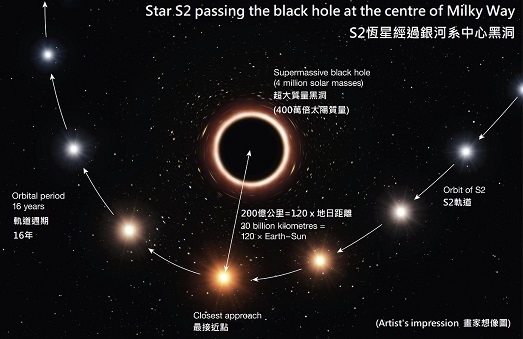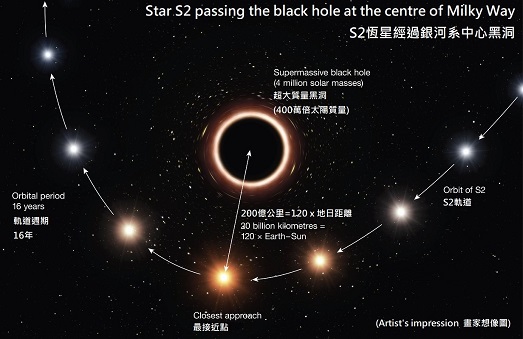Three scientists from the UK, Germany and the USA, namely Roger Penrose, Reinhard Genzel and Andrea Ghez, have received the Nobel Prize in Physic this year for their outstanding contribution in the theoretical and observational studies on black holes.
In 1965, Roger Penrose used ingenious mathematical methods to prove that black holes are a direct consequence of Albert Einstein's general theory of relativity. He described black holes and the singularity at their heart where all the known laws of nature cease. Penrose and another famous scientist Stephen Hawking established the "Penrose-Hawking singularity theorems", which is a very important foundation on the research of black hole's singularity.
Reinhard Genzel and Andrea Ghez each lead a group of astronomers that, since the early 1990s, has focused on a region called "Sagittarius A*" at the centre of our galaxy. They found that the stars near that region are orbiting an invisible supermassive object. Their observational data match with each other, and estimate that there is about four million solar masses packed together in a region no larger than our solar system at the centre of the Milky Way galaxy, which should be a black hole as astronomers referred.
The Nobel Prize in Physics 2020 was divided, one half awarded to Roger Penrose, the other half jointly to Reinhard Genzel and Andrea Ghez.




